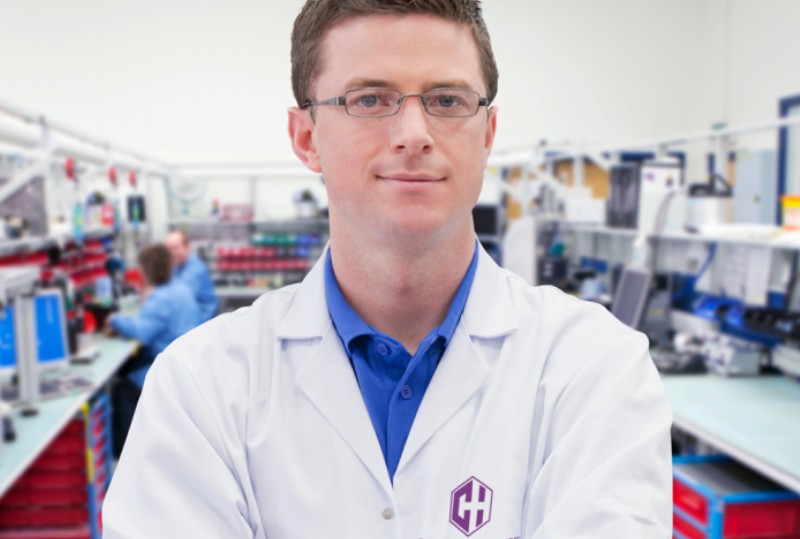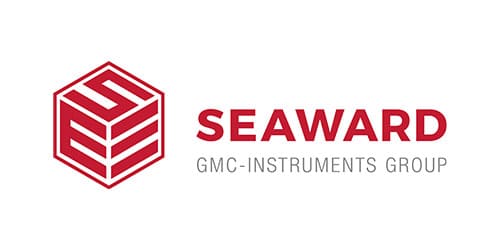When it comes to selecting a supplier to calibrate your instruments you will usually be asked what level of calibration you require. The two standards offered by most calibration laboratories are known as traceable or UKAS, but do you know what is covered under each of these options? There is a lot of confusion across industries about the difference between traceable and UKAS calibrations; customers often ask us to advise on what is the best option for their particular equipment or business as a whole. With a lot of information available on the subject we have collated it all together in a helpful guide below.
What is Traceable Calibration?
The National Physical Laboratory (NPL) defines calibration as a process in which an instrument or piece of equipment’s accuracy is compared with a recognised standard. In practice, this translates as the recognised standard used in calibration as being calibrated using an even higher level of standard and accuracy than the one currently under test. The recognised standard, otherwise known as a traceable device, should be part of an unbroken chain of traceable calibrations which leads back to the highest possible level of calibration standard. The highest possible standards are usually maintained by national bodies, hence the term “traceable to national standards.”.
What is UKAS Calibration?
A UKAS calibration service can also be considered as traceable, but just at a higher level. The difference between traceable and UKAS traceable is that UKAS level calibrations are carried out under the remit of an ISO/IEC 17025 quality system by a laboratory that is regularly audited and accredited by UKAS. These regular audits ensure staff, systems and procedures are in place to ensure the continuing accuracy of calibration results. To become UKAS accredited takes a lot of time and effort, laboratories are required to meet a very rigorous set of requirements. UKAS stipulates several benchmarks that laboratories must meet and maintain to ensure the highest possible standards are upheld.
What calibration standard is best for you
In most cases a traceable calibration is a high enough standard to satisfy quality system audits as part of ISO9001, but there are some instances where customers choose, or we advise that UKAS traceable calibration may be the better option. Industries where safety is critical, such as medical device manufacture, aerospace, transport, and pharmaceuticals manufacture tend to sway towards UKAS because of requirements of regulatory bodies and the additional trust UKAS traceable calibration provides. Certain operational environments like nuclear power stations or aircraft flight decks for instance could also suffer a massive risk to safety if critical system measurements were inaccurate. On the contrary, for less critical measurements such as reference checking technicians portable tool kit a traceable calibration would be acceptable.
How we can help
Calibrationhouse has a broad UKAS capability, so can offer the choice of either standard on most items. For more details on our UKAS capability, which is registered under Seaward Electronic Ltd – 0809 please see the link below or view live on the UKAS website. Hopefully the information in this section should have provided a little more clarity on what level of calibration to choose, if you are still unsure please get in touch with one of our advisers and we’ll be happy to discuss the options with you.
We have the capability to calibrate over 5000 pieces of test equipment, with UKAS traceable capabilities growing all the time.
UKAS Calibration Lab Capability
![]()



















Sign up to our Newsletter.
Stay up to date with the latest Calibrationhouse news.
Close